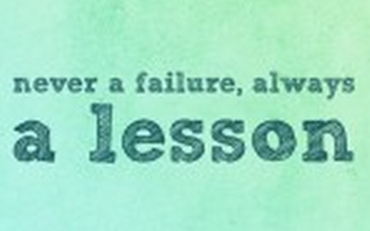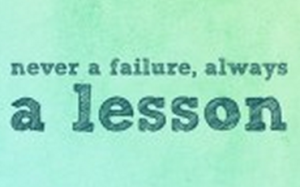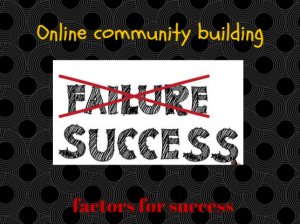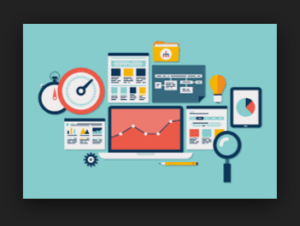An SEO focus keyword or focus keyphrase is the search term that you want a page or post on your website to rank for. There’s a problem, though. When you’re dying for your website to rank for a specific keyword, you’ll want to optimize as many pages and posts as possible for that keyphrase. And that creates another problem — when you do that, you end up competing with yourself…and not well. The best tactic is to only use each keyphrase one time. But that doesn’t mean that multiple pages/posts on your website can’t rank for that topic. You just don’t want them competing when it comes to the keyphrase.
Focus Keyword Types Defined
A focus keyword is not necessarily different from a long-tail or short-tail keyword, but it’s still important to make all three distinctions. Before we tell you what not to do when it comes to your focus keyword, we’ll explain what each type is so you can better follow along.
Focus Keyword
While “focus keyword” is something you’ll regularly hear about if you use the Yoast plugin, it’s also a basic SEO strategy. A focus keyphrase is a term that you want a page/post to rank for. You may use other keywords on the page as well, but the focus keyphrase is the most important keyword on that page – and it should be one of the most important keywords for your overall SEO strategy, too.
Short-Tail Keywords
A short-tail keyword is a short, one- or two-word keyword that’s broad and general instead of specific. “Podcasts” is an example of a short-tail keyword. “WordPress” and “WordPress themes” are both short-tail keywords, too, as they’re very broad topics that don’t allow for much detail.
Long-Tail Keywords
A long-tail keyword is a longer, more specific keyword phrase that consists of three to five-plus words. “Best podcasts of 2021” is an example of a long-tail keyword, and they can get even more specific than that. “Best WordPress theme for bloggers” is another example of adding a long tail to the short-tail keyword.
How the Three Types of Keywords Relate
People use both short- and long-tail keywords when searching online, and since short-tail keywords get more traffic, beginner marketers often focus only on these in their content. But short-tail keywords are majorly competitive, and it’s hard for any website, especially a newer one, to rank just for them. You are often competing with some of the biggest websites in the world (or at least industry) when you do that.
Long-tail keywords, on the other hand, are more specific and have less competition. That means that visitors will have an easier time finding exactly what they want and your website has a better chance of ranking higher than it would for a short-tail keyword.
Now, with all of that said, here are six reasons why you don’t want to use a focus keyphrase more than once.
You’ll Compete Against Yourself in Search Engine Results
The top reason why you don’t want to use a focus keyphrase more than once is that you’ll compete against yourself for ranking on Google and other search engines. There’s a term for this: keyword cannibalization.
Let’s talk about how this happens. You have a focus keyphrase that you want a page/post to rank for, but instead of optimizing one page, you optimize two – two is better than one, right?! (Nope.) You assume that Google will think that both pages are equally worthwhile to show people searching for that keyphrase, which means that both pages will rank high in search results.
That’s not usually what happens, though. Yes, some websites have luck when it comes to this, with both pages that are optimized for the same keyphrase showing up in the top results. However, a site needs a ton of authority for this to happen.
If one article already ranks in the top 10, then maybe you can create a second page that will rank up there, too. But this is by far the exception, not the rule. It’s not something you want to take a chance on, especially when there are other, better, more savvy SEO strategies.
Google May Adjust Rankings of Your Content
Google will only rank two pages, tops, from the same site for the same query. So if you were to use a focus keyphrase on more than two pages, no matter how much authority your site has, Google won’t rank more than, at the most, two. This is to keep the search results more useful to searchers and prevent a single site from monopolizing the SERPs.
Also, Google doesn’t like duplicate content, whether you purposely or accidentally created it. In the case of standard and expected duplicate content, like a web version and a printer version of the same page, Google will pick one to show in search results. But in the case of deceptive duplicate content that’s intended to manipulate search results – like using the same focus keyphrase on multiple pages (even if your intent wasn’t malicious) – Google could “make appropriate adjustments in the indexing and ranking of the sites involved.” Even worse, “the site might be removed entirely from the Google index, in which case it will no longer appear in search results.”
When you try to optimize for the same exact focus keyword over and over, you miss out on the chance to optimize for related, high-value keyphrases. Take a look at the search results below:
As an example, let’s say you run a website that reviews podcasts. Right now, you’re pushing your true-crime podcast reviews and roundups. So, naturally, you want to use the focus keyphrase “true crime podcasts.” Great! But if you only focus on that keyphrase, look at all the others you’d miss out on. And that’s only with the simplest type of SEO research you can do, i.e., plugging a keyword into Google and having related searches auto-populate.
It’s More Difficult to Create an Authority Page or Cornerstone Content
Whether you have a blog, online store, or another type of website, chances are you want to create some sort of authority page or cornerstone content. If you try to use the same key phrase on several pages, Google and your visitors won’t know where the most thorough content lives. You’d be better off combining those two (or more) pages to create one long-form, in-depth article.
In the case of an online store, you can create one category page that ranks for your keyphrase and then points visitors to other product pages that fall under that main category. And all of those sub-pages will link back to the category page. Etsy is a great example of this. Look how the Home and Living main page links to sub-topics. Plus, the category page breaks up links to other pages by more than just the basics (furniture, lighting, office…) by also linking out based on interest. Brilliant.
There Will Be Fewer Chances for Internal Linking
When you use the same focus keyphrase over and over instead of creating content around other long-tail keywords, you limit how much you can internally link to the more important content. Continuing with the “true crime podcasts” example above, think of where you’d link to and from if you had two or more pages with that focus keyphrase.
Pretty hard to figure out, right? Do you designate one page as more important than the others and then link to it? Or do you consider them all equally important and link to and from each one? Both options kind of defeat the purpose.
Instead, you should utilize related keywords that people will probably search for in addition to the focus keyphrase. For example, look at these “podcasts” keyword research results from Google’s Keyword Tool:
Users who are interested in true crime podcasts will probably also search for “podcasts like Serial,” “podcasts about cults,” and “podcasts about true crime.” You can then create blog posts to target each of those keywords, and they can all link back to your main “true crime podcasts” content. Congrats on doubling up your SEO efforts!
You are fortifying the cornerstone content you want to rank the most while attracting traffic to other keywords. And providing genuinely valuable content for your audience.
The answer is actually a snippet of the podcast description from Audible. It’s the same summary that shows up when you add the podcast to your player. The summary written by the creators doesn’t exactly tell someone if the podcast is worth a listen. A review by a listener like yourself would offer a much more honest answer.
The bottom line
The point of a focus keyphrase is to focus. And you can’t do that if you’re using that keyphrase anywhere and everywhere you can wedge it in. Both Google and your website visitors appreciate value. Using a wise SEO strategy and creating a site structure that makes sense will please everyone, from the tech that ranks your content to the people who will find and read it.























